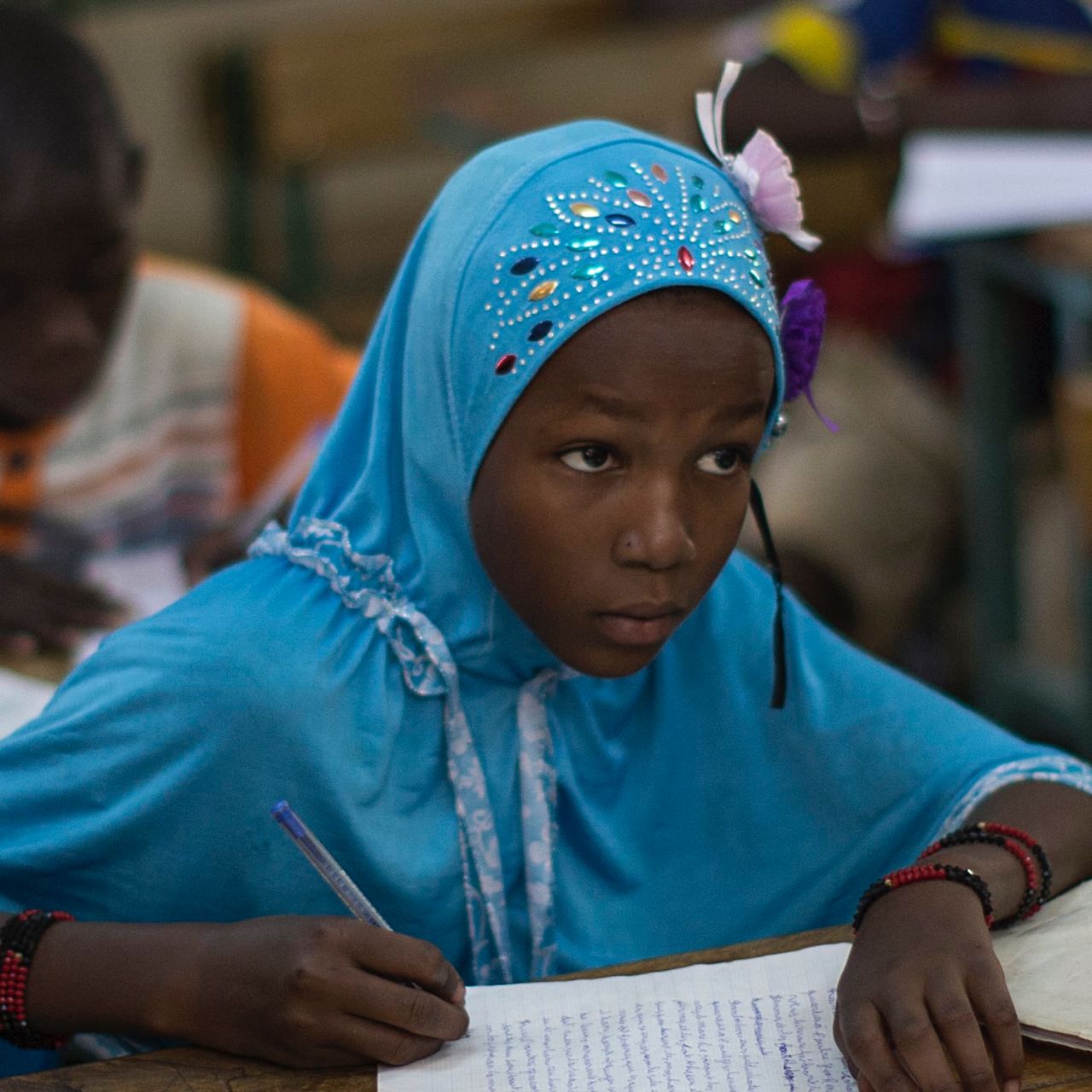The Lagos Chapter of the Strategic Women and Youth Institute's (SWYI) Youth Ambassadors recently embarked…

– 147 million children are estimated to have missed more than half of their in-class instruction over the past two years due to school closures caused by the COVID-19 pandemic. This generation of children could lose a combined total of $17 trillion in lifetime earnings in present value.
– The proportion of young people completing upper secondary school increased from 54 per cent in 2015 to 58 per cent in 2020, with progress slowing from the preceding five-year period.
– Data from 73 countries, mostly in the low- and middle-income bracket, indicate that between 2013 and 2021, about 7 in 10 children who were 3 and 4 years old are developmentally on track.
– The participation rate in organized pre-school learning rose steadily in the years before the COVID-19 pandemic, from 69 per cent in 2010 to 75 per cent in 2020 but with considerable variation between countries.
– Only 20 per cent of countries undertook significant measures to provide additional mental health and psychosocial support for students after school reopening.
– Most countries have not achieved gender parity in the proportion of children meeting minimum learning proficiency standards in reading, and in the lower secondary completion rate.
– In 2020, about one-quarter of primary schools globally did not have access to basic services such as electricity, drinking water and basic sanitation facilities. Roughly 50 per cent of primary schools had access to facilities such as information and communications technology and disability-adapted infrastructure.
– In 2020, there were about 12 million pre-primary schoolteachers, 33 million primary school teachers and 38 million secondary school teachers working in classrooms around the world, and 83 per cent of primary and secondary school teachers were trained.
Source: The Sustainable Development Goals Report 2022 Goal 4 Targets



